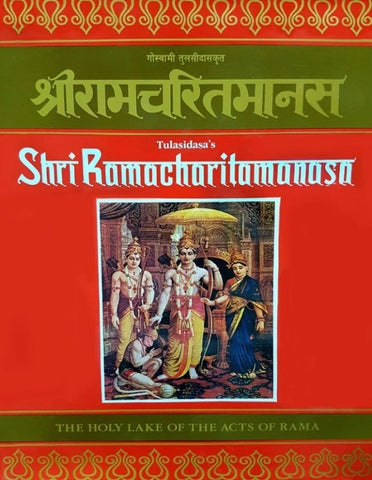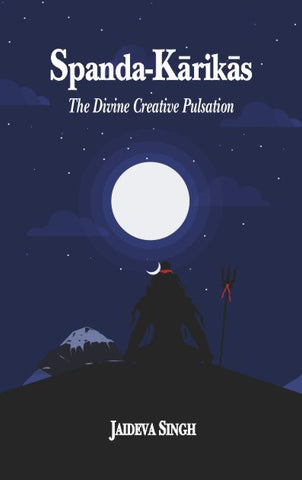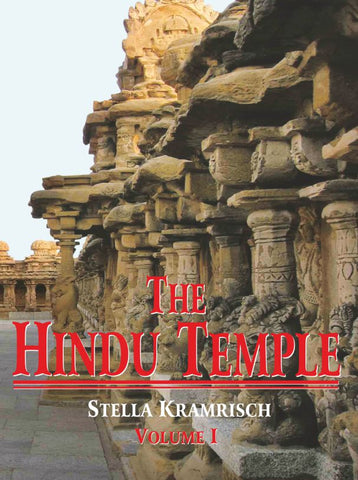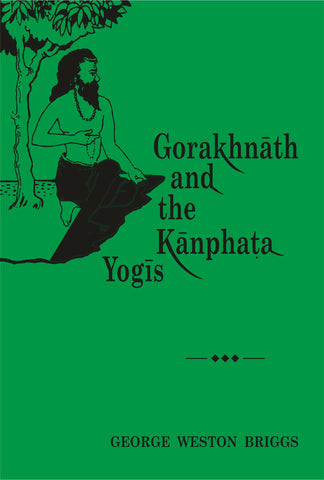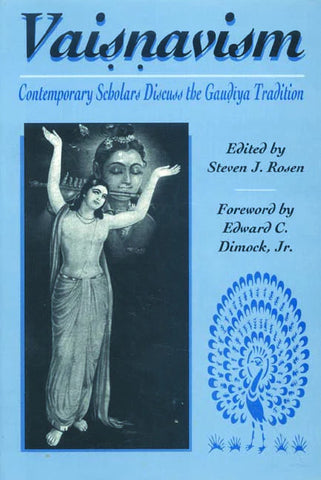Your cart is empty now.
This essay describes the 'Asvamedha' rite and its symbolism to explain distinctive aspects of the Vedic sacrifice system. Several questions related to the Asvamedha are posed and answered in the context of Vedic epistemology. This rite has three important functions: (i) it presents an equivalence of the nakshatra year to heaven, implying that it is a rite that celebrates the rebirth of the Sun; (ii) it is symbolic of the conquest of Time by the king, in whose name the rite is performed; and (iii) it is a celebration of social harmony achieved by the transcendence of the fundamental conflicts between various sources of power. Numbers from another Vedic rite, the Agnicayana; help in the understanding of several of its details.
About the Author
SUBHASH KAK is an acclaimed scientist, historian and Vedic scholar, Currently a professor at Louisiana State University, he has authored thirteen books and more than 200 research papers in the fields of information theory, neural networks and Indic studies.
The Asvamedha sacrifice has been a subject of great fascination in India and elsewhere. It is described as one of the most significant rituals in the Indian texts, and Western authors have been much intrigued by the scale of the rite and its drama.
The horse in Indian mythology stands for the Sun. The sea is taken to be it's stable and its birthplace. This reference is to the primal "waters" surrounding the earth from which the Sun emerges every day. Other nations also took the horse to be a symbol of the Sun. The Chinese, the Greeks, the Romans, and the Russians saw a link between the horse and the sea. This idea was transferred in popular mythology to the vast Equine-head in the sea. The fire issuing from its mouth is the Vadavanala, which is the fire of the Sun hidden in Canopus in the southern celestial hemisphere. The Asvamedha is the sacrifice of the annual renewal of the Sun at the New Year and that of the accompanying renewal of the king's rule. At the spiritual level, it is a celebration to get reconnected to the inner Sun.
A few months ago, my friend Vish Murthy wrote to me asking me to write on the nature and logic of this rite. This brief essay is a response to that request. I am thankful to several friends and colleagues, in particular Narahari Achar, Bhadraiah Mallampalli, and Lalita Pandit, who gave me valuable comments on earlier versions of the manuscript.
This essay describes several aspects of the Asvamedha rite, the "horse sacrifice," and summarizes its logic. This rite is a great state function in which ritual elements are woven together with secular ceremonies to make an assertion of monarchical authority. It is called the king of sacrifice in the Satapatha Brahmana (SB 13.2.2.1), whose Kanda 13 is devoted exclusively to the rite.
Before we proceed, we emphasize that the use of the word "sacrifice," with its common meaning of "killing to offer to God or gods," is the cause of much misunderstanding of the Vedic ritual. Vedic yajna (sacrifice) need not involve any killing of animals. It is a highly symbolic performance, and the animals of the sacrifice may be clay images or -grains; or they may just be specific utterances. The Chandogya Upanisad, speaking of Revati Samans says, "The hinkara is goats, the prastava sheep, the udgitha cows, the pratihara horses, and the nidhana purusa" (CU 2.6.1; 2.18.1).
When an animal is sacrificed in the ritual, we are speaking of mock killing in sacred theatre. The word "killing" is described in the texts to apply equally to the pressing of the soma stalks and the grinding of the grain (TS 6.6.9.2, SB 2.2.2.1-2, 4.3.4.1-2, 11.1.2.1). This is not to say that "animal" sacrifice has never been taken literally in India, but we will show that the normative meaning of the term is symbolic.
With this special meaning of the word "sacrifice" in mind, we note that a large number of animals are sacrificed in the Asvamedha rite. Chapters 22-25 of the Vajasaneyi Samhita constitute the mantras to be read at the rite; the Taittiriya Samhita has considerable material on it, scattered in several sections. This rite is not emphasized by all early books. The Aitareya and Kausitaki Brahmanas have nothing on it. The Rgveda 1.162 and 1.163 describe the sacrificial horse. The rite, as described in RV 1.162, appears to involve only two animals, the goat (aja) and the horse (vaji, asva]. But note that SB 7.5.2.21 says vak va' ajah aja is speech. Also, SB 9.2.3.40 says tad yad dadhidrapsa 'upatisthate tadeva pasurupam, the drop of yoghurt is a form of the animal; and SB 9.2.3.46 says asthini vai samidhh) mamsani va 'ahutayah the logs are the bones, and the oblations (of ghee) are the flesh. So the flesh of the horse and the flies on it mentioned in RV 1.162.9 appear to be the ghee and the flies on it. TS 2.3.2.8 says dadhi madhu ghrtamapo dhana bhavantyetadvai pasunam rupam, yoghurt, honey, ghee, water, and grain are certainly the forms of (the five) animals. Dayananda Sarasvati and his followers take RV 1.162 to be a hymn on the heroic sacrificial horse who is being tended to by attendants.
The Vedic view acknowledges that all creation is interdependent. It is asserted that ayam atma brahma, the Atman contains the entire universe. Likewise, the body has within it all creatures. Of the principal animals conceived within the body, the horse represents time. The horse sacrifice is then the most mystical and powerful because it touches upon the mystery of time, which carries within it the secret of immortality.
The sacrifice of the animals is the enactment of the killing of the mortal lower self for a transformation into the immortal higher self. Since the higher self cannot manifest itself without the lower one, one must settle for something less, a ritual rebirth of the individual. In other words, sacrifice deals with the mastery of time.
From here, the next step is the cause of time or the Sun. The Rgveda (1.163.2) says that the horse is symbolic of the Sun. In VS 11.12 it is said of the horse, "In heaven is your highest birth, in the air your navel, on earth your home." Here the horse is symbolized by the sacrificial fire. SB 13.3.3.3 says that Asvamedha is the Sun, while SB 11.2.5.4 says that it is to be done year after year. Asva also means the horse, so it is the horse sacrifice for the course in the skies.
| Preface | vii | |
| Chapter | ||
| 1 | Introduction | 1 |
| 2 | Sacrifice, sacred Theatre | 9 |
| 3 | Animal sacrifice | 17 |
| 4 | Altars and Astronomy | 23 |
| 5 | The Asvamedha Rite | 30 |
| 6 | Domestic and Wild Beasts | 44 |
| 7 | The Authority of the King | 49 |
| 8 | Epilogue | 52 |
| Abbreviations | 61 | |
| Note | 62 | |
| References | 65 | |
| Index | 68 |

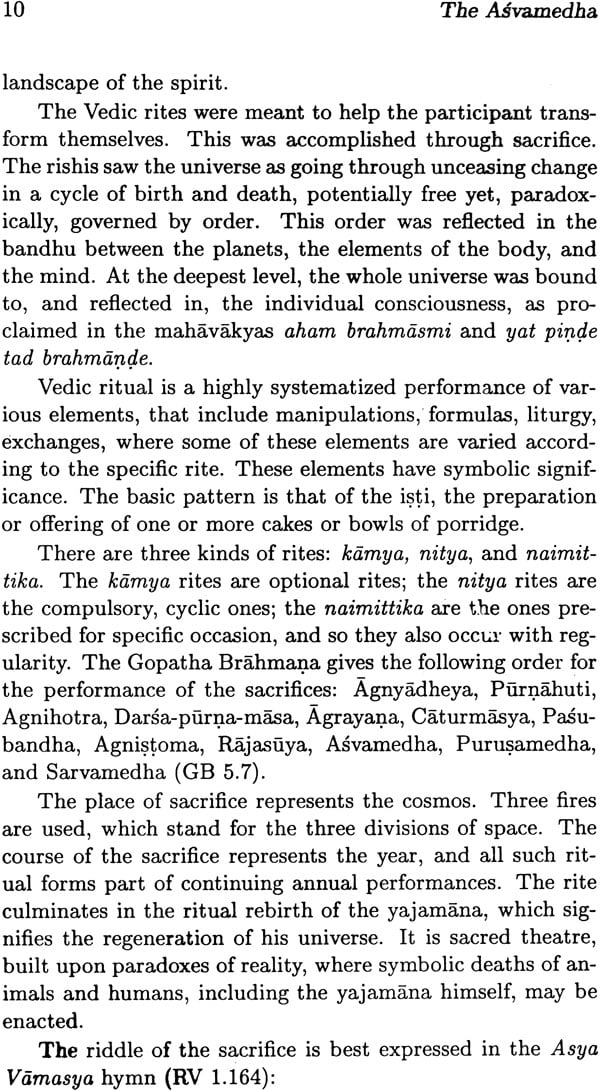


Delivery and Shipping Policy
- INTERNATIONAL SHIPPING
- Rs.1000-1100/kg
- ESTD. Delivery Time: 2-3 weeks (depending on location)
- Bubble Wrapped with Extra Padding
- NATIONAL SHIPPING
- NCR: Rs. 30/half kg
- Standard: Rs. 80/half kg
- Express shipments also available on Request
- ESTD. Delivery Time: Ranging from 1-4 days up to 7 business days (Depending on your choice of Delivery)
- TRACKING
- All orders; national or international, will be provided with a Tracking ID to check the status of their respective orders
- Depending on the Shipping Service, Tracking ID may be used on their respective tracking portals
Frequently Asked Questions (FAQs)
Domestic Shipping: 3-4 Days (after shipping)
International Shipping: 1-2 weeks (based on your location)
You will receive an email once your order has been shipped or you can email us if you didn't receive tracking details (info@mlbd.co.in)
Every book that we sell is the latest edition except all the rare books
Yes, we do provide free shipping, only on domestic orders (within India) above Rs.1500


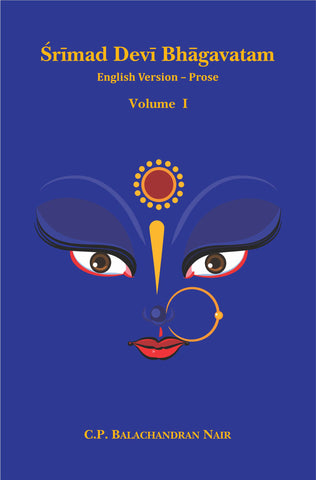
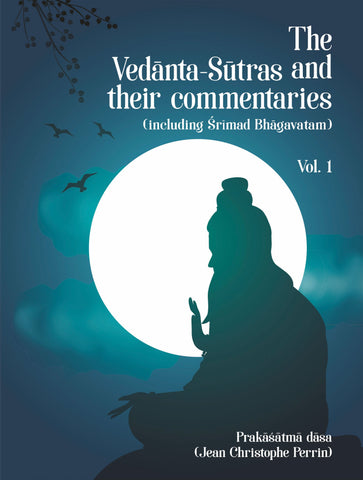
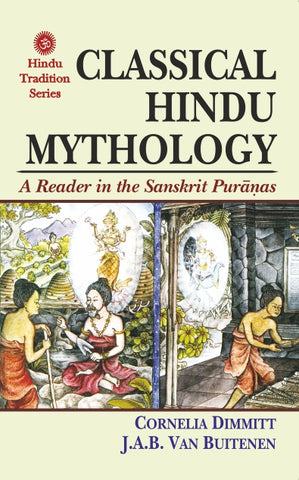
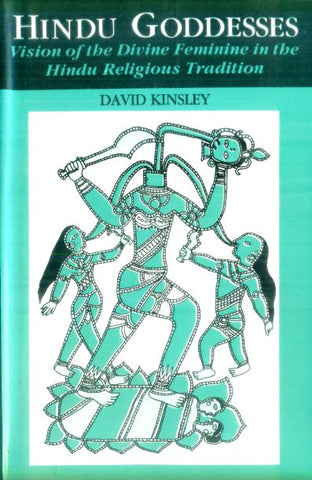
![Advaita Vedanta mein Gyan evam Bhakri : Darshnik Vimarsha [Knowledge and Devotion in Advaita Vedanta : Philosophical Discourse] by Dr. Satyakam Mishra and Dr Karan Sigh](http://www.motilalbanarsidass.com/cdn/shop/products/ADVAITAVEDANTAMEGYAN_large.jpg?v=1675408211)
